Bridging Exercise: Health Benefits, How to Do?
Introduction of Bridging Exercise:
- A bridging exercise is a very good closed-chain exercise
- This exercise increases hip-back extensor strength and improves spine stability.
- It is also advised to do so when the patient is suffering from back pain.
- It helps to enhance motor control of the lumbo pelvic region.
- This is called a gluteal bridge.
- This exercise is a weight-bearing exercise.
This are the Many benefits by doing bridging exercise:
- Helps relieving Low back pain
- Improve proprioception in the lumbar spine
- It activate back muscle contraction
- Spinal flexibility
- Reduce knee and back pain
- Strengthen your core muscle and your abdominal muscle
- Improve balance
- Relieve back pain
- Improve posture
- Calms the mind and helps to relieve stress
- Improve your performance in running
- It helps to Stretch your neck, chest and spine.
- Boost your mood, reduce anxiety and fatigue
- Help to relieve from menopause symptoms
- Help to Relieve menstrual discomfort
- Help to Stimulates abdominal organs, lungs, and thyroid
How to do a bridging exercise?
- Lie on your back with both knees bend 90 degree feet flat.
- Breath out and lift your bottom of back up from the floor.

- Keep your thighs and inner feet parallel.
- Your spine should form a straight line from your shoulders to your knees.
- You may rest your arms with hands palms down by your sides them together and extend them along the floor beneath you.
- Hold for 10 seconds to 1 minute.
- Now take down your back to the floor and repeat this for 5 to 10 times in one session.
- You also do this exercise three times in a day.
Which muscle do bridging?
- Core muscle
- Biceps femoris
- Semitendinosis
- Gracilis
- Gluteus maximus
- Gluteus medius
There has different types bridging exercise
Bridging exercise with Elevated Feet
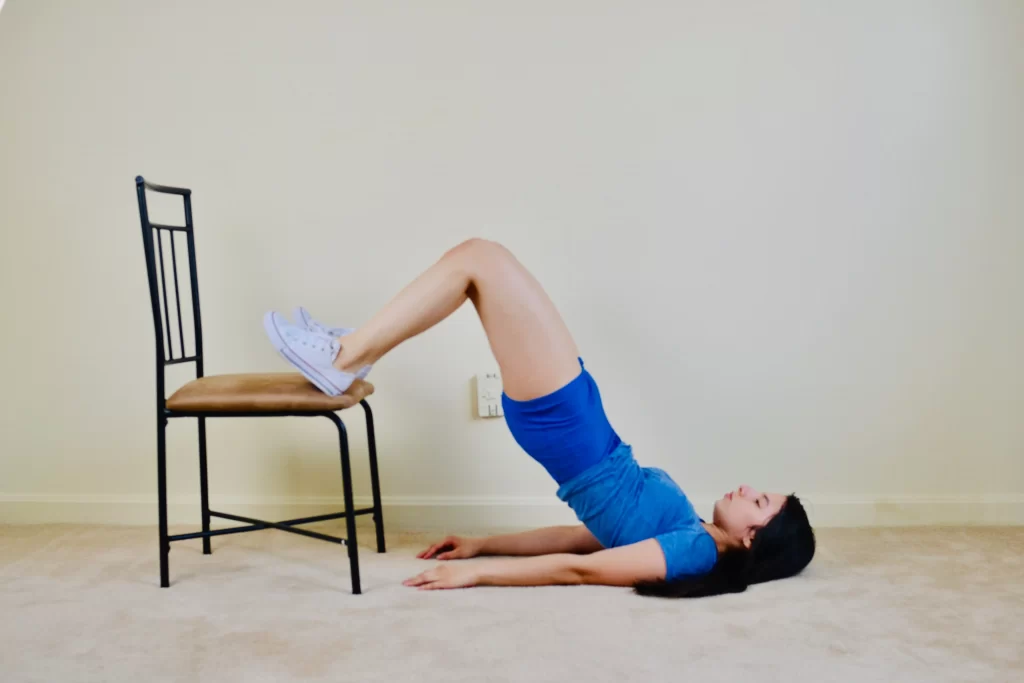
- For this exercise you need one met and one bench.
- You have to supine lying on met and put your heels on top of the bench and you can place small cushion under your head if you wants to more comfortable.
- Now you have to move your back and buttocks upward from the ground make sure your shoulder and knees in a straight line.
- Keep your neck in a neutral position when you lifting your body in a upward direction. you have to take a deep breath in.
- You have to maintain this position for five seconds. now slowly put your body down. and repeat this exercise for 8 to 10 times.
Single-Leg Bridge
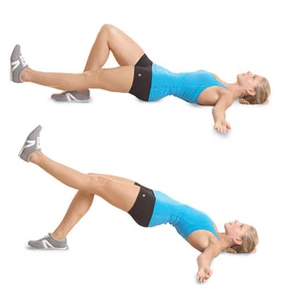
- This variation of bridge do not require any equipment.
- This exercise helps to isolate and strengthen the hip extensor muscle.
- For this exercise you have to take a supine lying position with your hands keep straighten both sides. knees bent, and feet flat on the ground just below your knee.
- Now you have to lift your one leg in upward direction it roughly 45 degree from the ground.
- This is the initial position for single leg bridge and then you have to lift your back and hip from the ground use your abdominals and gluteal muscle to support the lift, until your shoulder and knnes are in a straight line.
- Hold this position for 3 to 4 seconds.
- Slowly down your back and hip with control, keeping one leg straight for returning to the starting position.
- Repeat this for another leg to avoid muscle imbalance do this 8 to 10 times in one session and two to three times a day.
- This exercise help to improving hip mobility and lower-back strength also and stabilizing the spine.
- It will strengthen your core muscle.
Gluteal Bridge With Marching
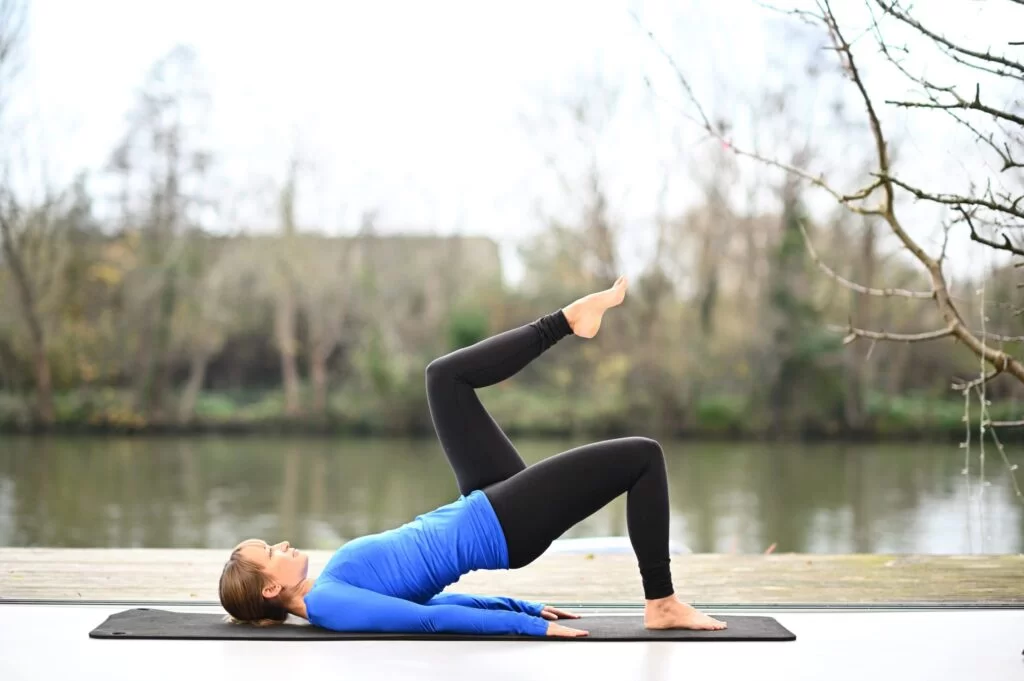
- For this exercise you have to lie on met with both knee bends and your feet flat on the ground.
- This is the initial position.
- Now you have to move your back and buttocks upward by squeezing your core muscle.
- For gluteal bride march you have to pull your knee towards your chest
- Return the feet to the floor and lift the another knee repeat this for both knees
- Continue it for six to seven times for two sets.
- This moves helps to strengthen your core muscle and helps you in everyday activities as well as increase your performance in sports and running.
- It maintains good posture, improves balance, and decreases back pain.
when you not to do this exercise?
- Final stages of pregnancy
- Have just delivered
- Healing from any surgery
- injury of your back, abdomen, pelvis, hip joints, knees, or ankles.
- Abdominal hernia
- Abdominal discomfort
- Any burning and tingling sensation over leg and thigh
FAQs
How many bridge exercises a day?
Reps/sets for results:
Aim for three to four sets of 15 to 25 repetitions if you’re continuing to use the body weight glute bridge. Until you develop strength, choose the lower end of the set and rep range when adding weight or elevation.
Is bridge exercise safe?
When performed correctly, glute rises and bridges are safe for the majority of exercisers and, as we just discussed, can even assist prevent injury by boosting hip strength. However, there are several steps you can take to ensure that you’re performing the exercise correctly and, therefore, most securely.
Is it safe to do bridges everyday?
You can perform glute bridges daily.
To achieve correct form and technique, you must take attention. To help you with this procedure, a trainer could be needed. Additionally, be careful not to overuse your gluteal muscles as this can result in pain, which is never the intention.
What are the side effects of bridge exercises?
The risky part of the back bridge is the arched posture that your back assumes. Significant compressive forces are applied to your spine by this hyperextended back, which can harm the discs between your vertebrae. This strain from hyperextension weakens your spine over time.

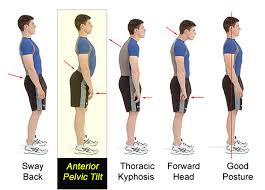



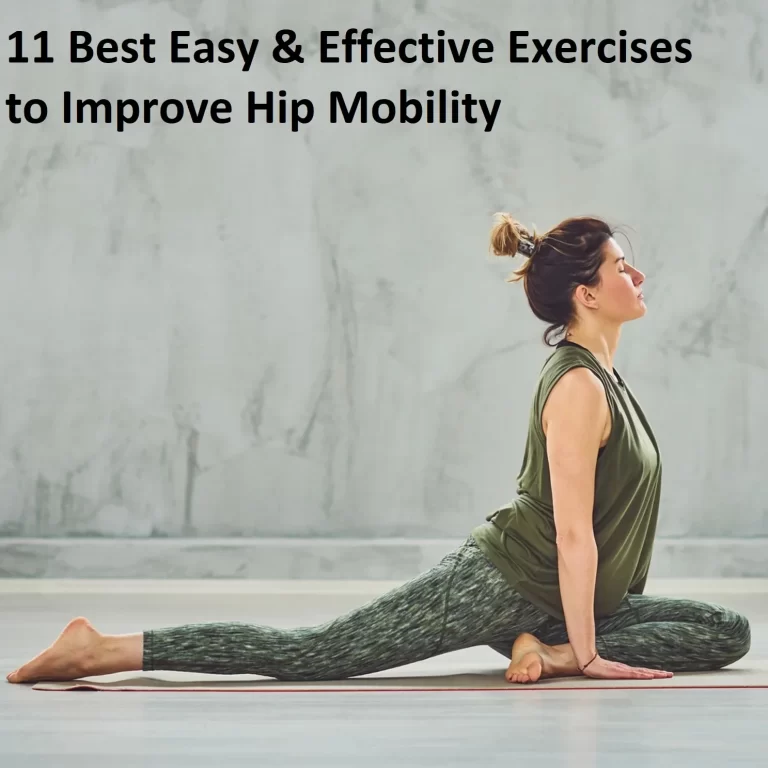
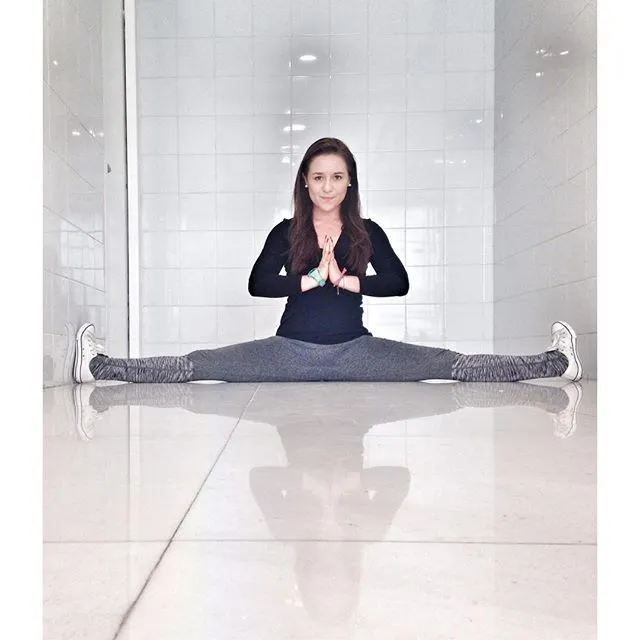
2 Comments